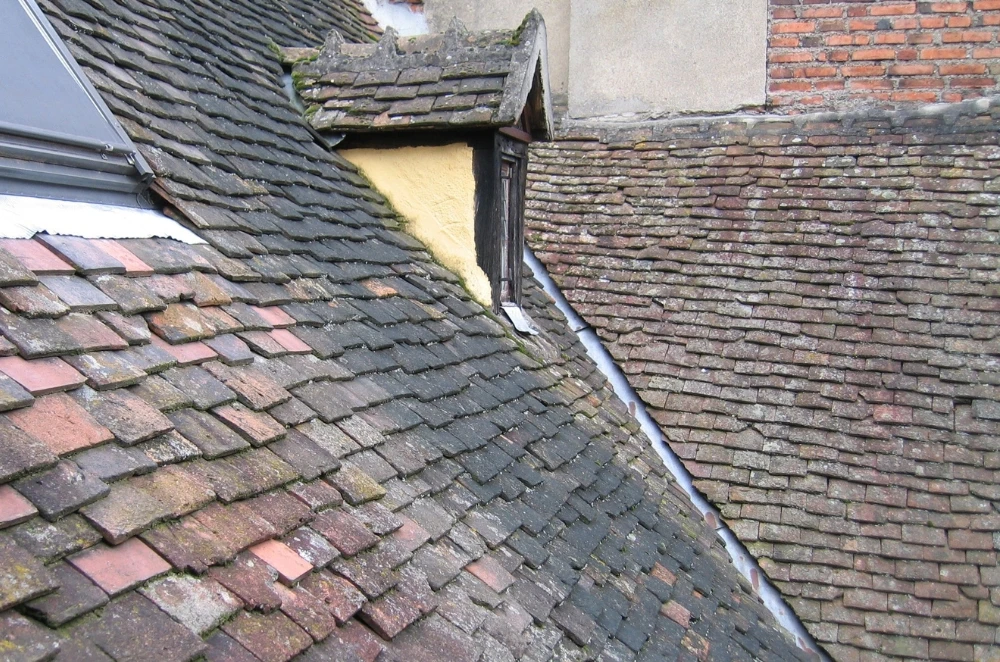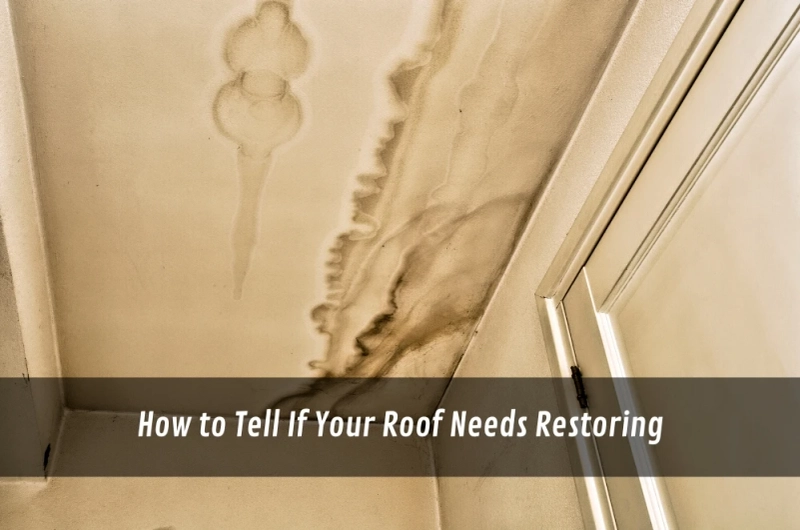They don’t warn you about this part of homeownership—staring up at a stained ceiling and wondering if the roof’s about to collapse. For most of us, the signs of wear creep in slowly. A cracked tile here, a bit of moss there. You barely notice it until the damage becomes too expensive to ignore. What starts as cosmetic wear can lead to insulation rot, structural warping, or water quietly tracking down interior walls. That’s exactly why a modern roof restoration Sydney solution isn’t just for show—it’s a preventative step that protects your entire home before small issues turn into major structural headaches.
Damaged tiles aren’t just ugly—they’re risky
I’ll never forget the weekend we found three cracked terracotta tiles on the rear slope of our place. One storm later, water had soaked the insulation. It took a full ceiling patch and a dehumidifier to fix what would’ve been a $90 tile replacement.
But chipped, broken, or displaced tiles are early red flags. They create access points for water, pests, and UV degradation. Even the tiniest breach can lead to costly repairs down the track.
Common indicators of tile damage include:
- Loose or missing tiles after storms
- Sagging areas that hold moisture
- Debris accumulation in valleys or gutters
- Discolouration patches that hint at leaks
Ageing surfaces can hide deeper issues
If your roof is more than 15–20 years old, chances are it’s not performing like it used to. Especially if the original paint has faded or flaked. Many older coatings lose their reflectivity and water resistance, even if there aren’t visible holes or leaks.
This is where roof repair maintenance becomes more than a box-ticking exercise—it’s about preventing structural problems before they spread. You’re not just replacing paint; you’re re-establishing the roof’s ability to weather storms, literally.
You may need surface restoration if you notice:
- Faded or chalky appearance on panels or tiles
- Flaking or peeling of old coatings
- Increased heat indoors during warm weather
- Moss or algae spreading across sections of the roof
What roof inspections actually reveal
A professional roof inspection goes far beyond checking for cracks or rust. Inspectors use moisture meters, drones, and thermal imaging to assess the health of the entire roofing system, from shingles to sublayers. What might look fine from ground level can actually be masking:
- Damp insulation that hasn’t yet seeped through
- Micro-cracks forming under high UV stress
- Unsealed flashings are vulnerable to uplift
- Evidence of a bird or possum nesting inside the eaves
Booking an inspection every 2–3 years gives you insight into what’s really going on up there. It’s not about scare tactics—it’s about catching small problems before they grow legs and a repair invoice with too many zeros.
Gutters, flashing and stormwater flow
A common misconception is that restoration is only about what’s “on top.” But the supporting elements matter just as much. If you’re constantly clearing debris, noticing rusted guttering, or hearing that weird ‘drip-tap’ echo during rain, your drainage system may be compromised.
Watch out for these drainage issues:
- Overflowing gutters during light rain
- Water staining around eaves or ceiling edges
- Dripping noises hours after rain has stopped
- Rust spots or separation around downpipe joints
Inadequate flashing or blocked gutters can lead to water pooling at junction points, eventually breaking through internal plaster or encouraging mould.
When the colour fades, so does protection
Cosmetic wear is often shrugged off, but it's your roof’s first line of defence. Once UV rays have chewed through reflective coatings, thermal regulation inside your home suffers. I noticed this personally when our lounge room—usually cool—started retaining heat on warm days. Turned out the reflective membrane on the Colorbond panels had worn down.
A proper roof painting restoration doesn’t just restore that vibrant finish—it helps bounce back heat, reduce cooling bills, and prolong the underlying surface’s life.
Benefits of a professional repaint include:
- Improved energy efficiency through UV reflection
- A longer lifespan for tile or metal surfaces
- Better moisture resistance and fewer leaks
- An instant lift to your home’s kerb appeal
How weather stress weakens your roof over time

It’s not just hail or heavy rain that wears a roof down—it’s the everyday extremes. Repeated heat waves, morning frosts, high winds, and sudden humidity shifts all cause materials to expand and contract. Over time, this movement leads to:
- Warped flashing or lifted ridge caps
- Cracks in the sealant along valleys or joins
- Corrosion in fixings and exposed fasteners
- Early breakdown of reflective coatings
Even if your roof looks “fine,” this invisible stress can be enough to weaken its performance. That’s why timing your restoration between extreme seasons—before summer or after winter—can make all the difference.
The tell-tale signs of material-specific wear
Every roofing material tells its own story as it ages. Colorbond might bubble or chalk. Terracotta might fracture or develop black algae streaks. Slate will delaminate. And if you’re dealing with mixed-material extensions, identifying which sections need the most attention can be tricky.
This is particularly true with how terracotta roof restoration repair works, where improper sealing or mismatched tiles can lead to patchy restoration jobs.
Material-specific signs to look for:
- Cracked or fragmented terracotta tiles
- Blistering on Colorbond sheets
- Green-black algae streaks forming after rain
- Surface delamination on slate or concrete tiles
Final word: restoration beats replacement, most of the time
Unless the frame is damaged or the structure is beyond repair, restoration is almost always the smarter choice—economically and environmentally. It cuts down waste, reuses existing materials, and extends the roof’s lifespan by 10–20 years, depending on the workmanship and products used.
But don’t wait for leaks to make the decision for you. Most roof issues start as something small, subtle, and almost invisible. The best time to restore is just before a major failure, not after. And as any seasoned homeowner will tell you, ignoring the signs won’t make them disappear.



